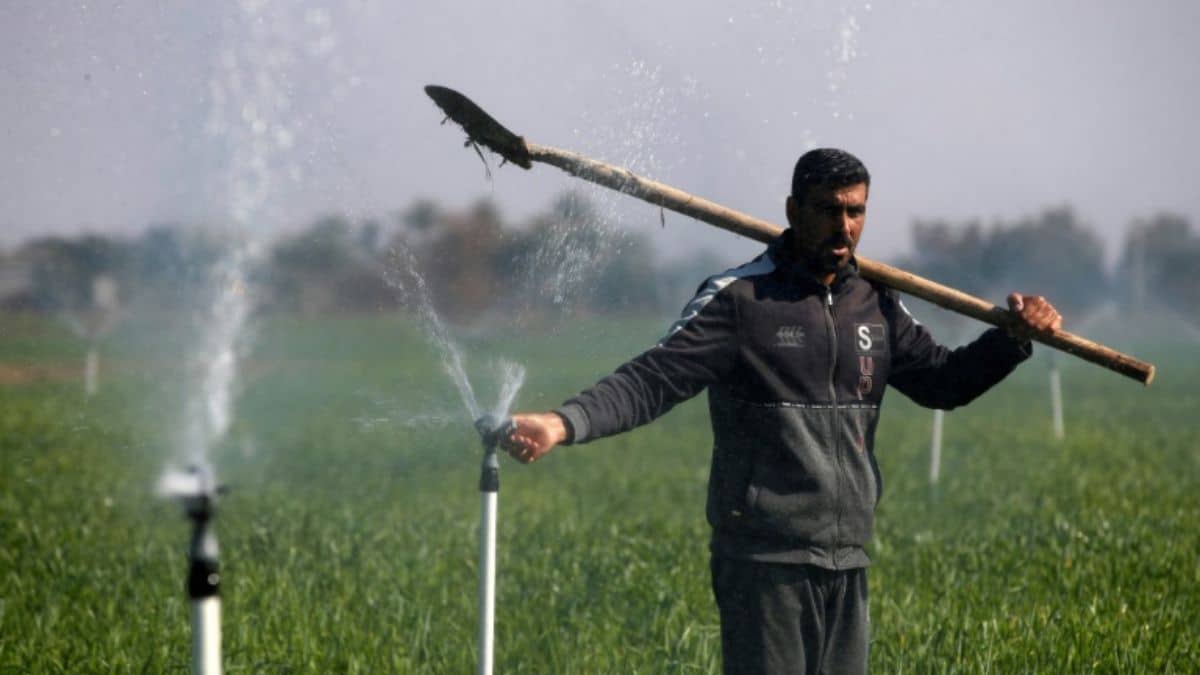 Image Credits-Iraqi News
Image Credits-Iraqi News
Iraqi farmers are pioneering new methods to sustain rice cultivation in the face of water scarcity and environmental changes. As Iraq confronts a severe drought and diminishing water resources, these innovative practices are becoming crucial for the future of the nation’s rice industry.
Rice is a staple crop in Iraq, particularly in the southern regions where it thrives in the fertile plains. However, years of low rainfall and overuse of water resources have threatened traditional rice farming. In response, farmers are adopting various cutting-edge techniques to adapt to these conditions.
One notable innovation is the implementation of water-saving technologies, such as the System of Rice Intensification (SRI). This method reduces water usage by employing alternate wetting and drying techniques, which have proven effective in conserving water while maintaining crop yields. Additionally, farmers are experimenting with drought-resistant rice varieties that require less water and are better suited to the changing climate.
Farmers are also improving their irrigation systems, incorporating drip irrigation and water recycling techniques to optimize water usage. These advancements not only help conserve precious water but also enhance the efficiency of rice cultivation. The Iraqi government and agricultural organizations support these efforts through training programs and subsidies for new technologies. By fostering innovation and providing resources, they aim to ensure the sustainability of rice farming in Iraq.
These adaptive strategies reflect a broader trend of resilience and ingenuity among Iraqi farmers, who are determined to overcome environmental and economic obstacles. As these practices take root, they offer hope for the continued viability of rice cultivation in Iraq and could serve as a model for other regions facing similar challenges.
